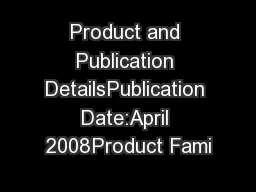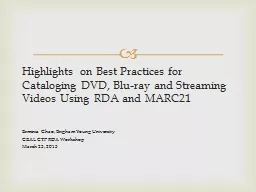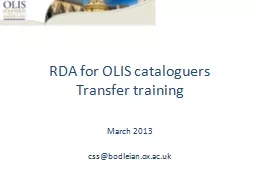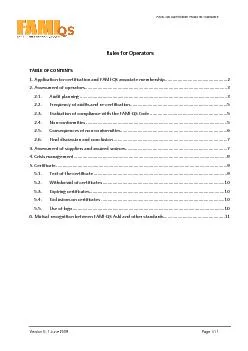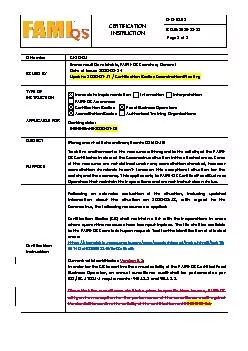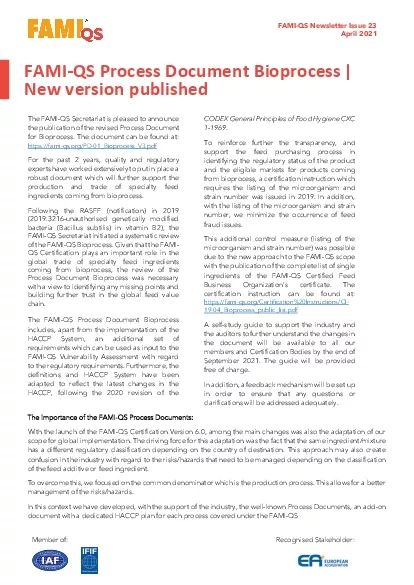PDF-Product and Publication DetailsPublication Date:April 2008Product Fami
Author : myesha-ticknor | Published Date : 2016-05-30
v11 April 2008 v v11 April 2008ContentsNETGEAR ReadyNAS Duo User GuideAbout This ManualConventions Formats and Scope
Presentation Embed Code
Download Presentation
Download Presentation The PPT/PDF document "Product and Publication DetailsPublicati..." is the property of its rightful owner. Permission is granted to download and print the materials on this website for personal, non-commercial use only, and to display it on your personal computer provided you do not modify the materials and that you retain all copyright notices contained in the materials. By downloading content from our website, you accept the terms of this agreement.
Product and Publication DetailsPublication Date:April 2008Product Fami: Transcript
Download Rules Of Document
"Product and Publication DetailsPublication Date:April 2008Product Fami"The content belongs to its owner. You may download and print it for personal use, without modification, and keep all copyright notices. By downloading, you agree to these terms.
Related Documents

